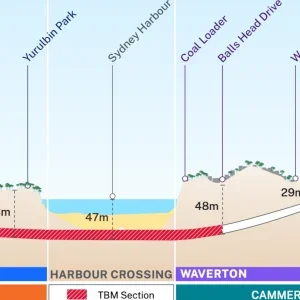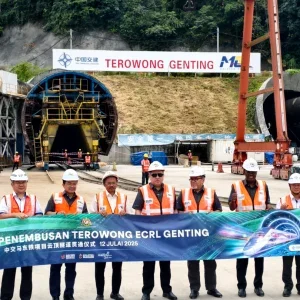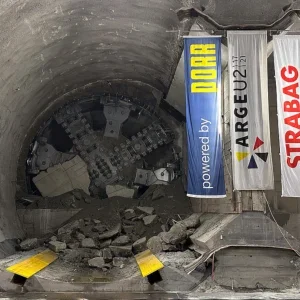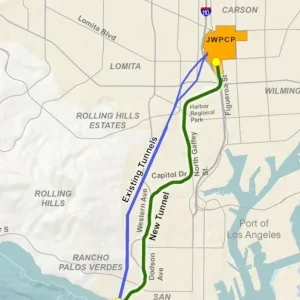The system – which will have speeds of 250 miles (400km) per hour – would see travel times from Seattle to Vancouver and from Seattle to Portland reduced to just one hour.
The study, which is expected to be completed in mid-2019, will be conducted by an international, public-private partnership of WSDOT, the Oregon Department of Transportation, the British Columbia Ministry of Jobs, Trade and Technology and Microsoft Corp.
A preliminary analysis conducted in 2017 confirmed the need for a more in-depth analysis of the system’s feasibility and the Washington State Legislature has appropriated funds to the study, with additional monies coming from the study’s other partners.
WSP said it is charged with identifying potential ultra-high-speed ground transportation corridors through the Vancouver-Seattle-Portland region. The firm is also responsible for refining cost estimates, estimating potential ridership, and analyzing previous U.S. and international infrastructure and high-speed rail projects for problem-solving solutions and lessons learned.
“This project is an exciting opportunity to improve communities, grow the economy, and open doors for people and businesses to prosper across an entire region in a sustainable, future-focused way,” said Karen Hedlund, WSP’s project manager. “Imagine the impact of a large company in Seattle able to access a workforce in Vancouver that is only an hour away, or a person able to live in a rural community outside of Portland, but commute daily to Seattle.”
WSP is currently part of the project teams for similar projects in Texas, California and internationally. The firm is rail delivery partner to the California High-Speed Rail Authority for a statewide high-speed rail system, and is providing engineering support for the Texas Bullet Train between Houston and Dallas.







